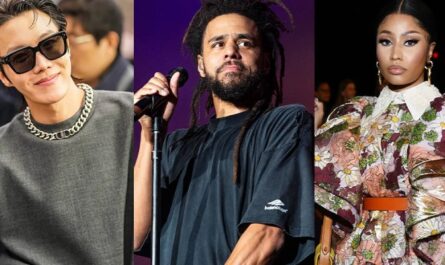Discover the latest and relevant industry news and insights for beauty professionals to help you excel in job interviews, job interviews or simply improve workplace performance by increasing market awareness and emulating market leaders.
BoF Careers draws business insights from our entire range of content – editorial briefings, newsletters, case studies, podcasts and events, as well as exclusive interviews and conversations we have daily with experts and market leaders – to deliver key insights and insights into your professional function.
Discover global beauty job opportunities at BoF Careers today, from Sales Manager at Dr Barbara Sturm or Beauty Artist and Trainer at H&M Beauty in Stockholm, to beauty shop window clerk jobs at Bloomingdale’s New York, as a cosmetics and fragrance marketing department a member of the Fashion Institute of Technology in New York or a beauty trainer at Chalhoub University in Dubai.
Key articles and important information for marketers:
1. Kering’s next frontier: beauty
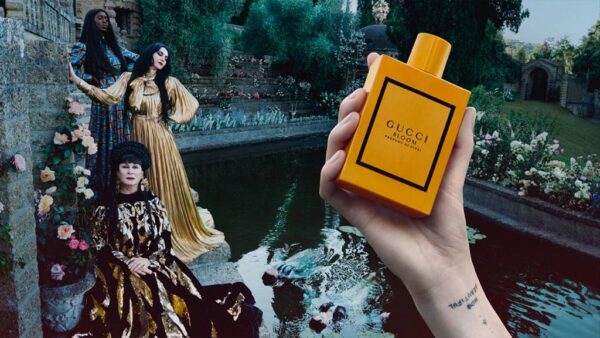
Kering has hired former Estée Lauder executive Raffaella Cornaggia to lead a new beauty division to develop the beauty category for several of its brands, including Bottega Veneta, Balenciaga and Alexander McQueen. (Group) can hedge its bets starting with its smaller brands, but in the longer term it will certainly focus on the more valuable lines of Yves Saint Laurent and Gucci cosmetics, still licensed by others.
What does this mean for beauty groups relying on licensed brands? Coty appears particularly vulnerable as its business model focuses on licensing (its largest license is Gucci), although the group’s size and diversified portfolio offers some degree of protection. It is also the main licensee for brands that do not want to run their own beauty business.
2. The companies behind the greatest fashion fragrances
The fragrance industry is booming. In the United States, this category continues to grow steadily after the spike caused by the pandemic. According to NPD, already in 2023, sales increased by 19 percent year-on-year, thanks to changes in the behavior of Gen Z consumers and increased interest in the Chinese market.
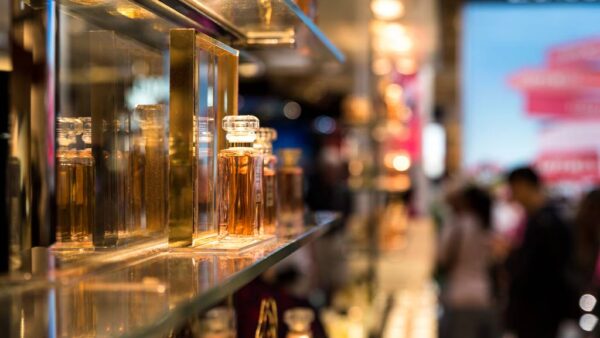
Most luxury brand perfumes and colognes are produced and marketed by a handful of cosmetic companies that have long licensing deals with the brands. For example, L’Oréal has licensed Ralph Lauren and Giorgio Armani fragrances and cosmetics since the 1980s, respectively. Several companies including Interparfums and Parlux base their entire business on perfume, operating licenses for companies including Abercrombie, Coach and Guess (Interparfums) and Tommy Bahama and Jason Wu (Parlux). These licenses are big business and can generate hundreds of millions of dollars in revenue for their operators, especially in the prestige segment where margins are higher.
3. Inside the Greatest Beauty Disruptor | Case study
Faced with declining sales, the company launched “Project Unicorn” in August 2018. Although Elf had over 100 products at the time, a fraction of them ended up on retailers’ shelves. The brand then changed some product packaging, including removing outer packaging, to get more new products on store shelves.
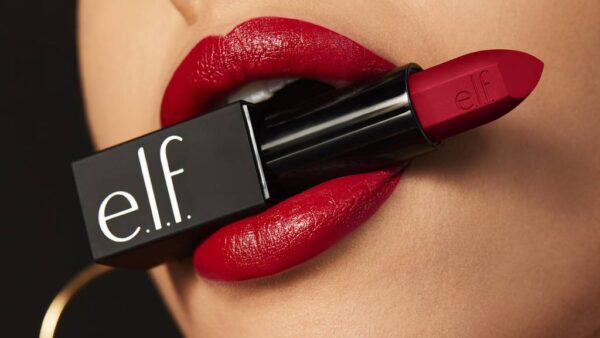
With the new packaging, the brand relied on the hero product strategy that built franchises around products such as Poreless Putty Primer and Camo Concealer, which remain bestsellers to this day. The company has also improved its in-store and online messaging to focus on the non-animal and vegan aspect of its products. (…) In the quarter ended March 31, 2019, net sales increased by USD 200,000 compared to the prior-year period to USD 66.1 million, thanks to increased shelf space at retailers and wider distribution.
4. What Happens When Consumers Don’t Trust “Clean”
In November 2022, Sephora was hit by a class action lawsuit filed by Lindsey Finster, who claims she was misled by a retailer’s label when buying mascara. The product in question was Saie Beauty Mascara 101, which received the “Clean at Sephora” approval, a designation that Sephora defines as products “made without parabens, SLS and SLES sulfates, phthalates, mineral oils, formaldehyde and others. “
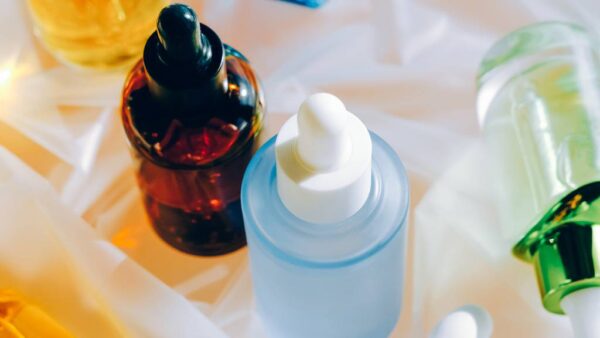
Once a valuable differentiator in a crowded beauty market, purity has become too ubiquitous to help a brand stand out, and in some cases has even become a liability. Brands and retailers risk a backlash if they are perceived as not properly explaining the safety and efficacy of their products. Meanwhile, clean’s power as a marketing tool is diminishing as critics, both online and in court, question the validity of such claims.
5. Who can sell skin care products?
Skincare success is not guaranteed, especially when the founders or brands had no previous affinity or skin knowledge (…) Charlotte Tilbury’s Magic Cream, for example, is an extremely natural part of the brand’s range, given Tilbury’s behind-the-scenes roots. Others fail: Kylie Skin Kylie Jenner, SKKN Kim Kardashian by Kim, and Wishful Hudy Kattan don’t seem genuine to their founders.
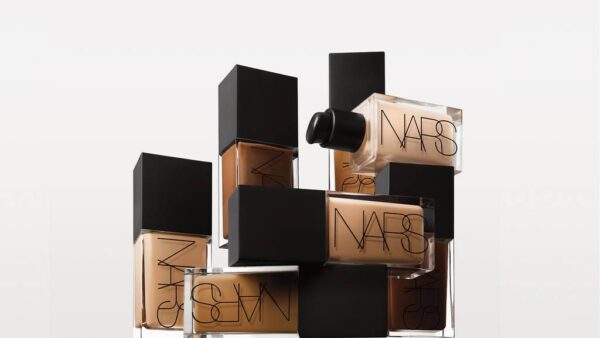
For Nars, MAC and Benefit, skin care is designed to be used with makeup. “(It) enhances the look of makeup, which we really wanted to lean heavily on,” said Aïda Moudachirou Rebois, Global Marketing Director at MAC Cosmetics. (…) But being an expert in coloring or contouring does not always mean an authority on the skin. (…) Consumers tend to gravitate towards labels or brands created by physicians whose scientific heritage, research or patented ingredients target specific skin concerns or “serious” skin care.
6. Make-up artist brands are the best choice for beauty
Just a few years ago, a makeup artist couldn’t start a brand without spending decades at fashion shows and serving as creative director for a global beauty conglomerate. This pedigree lost ground as social media gave a platform for self-taught and aspiring artists to showcase their talent online. (Mario) Dedivanovic started out as a Sephora employee turned makeup artist into Kim Kardashian, but his masterclasses and impressive product launches made him a serious player who could do much more than contouring the face of his most famous client.

Since 2019, makeup trends have changed, TikTok has become a leading social media platform, and the skincare mania pandemic has spawned new post-pandemic beauty preferences. The deep evolution of the color sector has enabled the development of (makeup artists such as Mario) Dedivanovic and (Gucci) Westman. The Makeup by Mario brand debuted in fall 2020, and Westman Atelier, although officially launched in spring 2018, did not see wider distribution until the Sephora partnership in 2021.
7. Why the crisis can give beauty services a boost
A wave of beauty start-ups is betting that customers will continue to want fillers and masks, even during the recession. Glossy sites for Botox companies and filler suppliers like Ever/Body and Peachy, as well as facial spots like Glowbar and Heyday, are popping up all over New York City hoping to get procedures out of the dermatologist’s office.
The concept isn’t new – Glowbar, Peachy, and Ever/Body launched in 2019, Heyday debuted in 2015 – and has already gained traction during the pandemic as people spend more time staring at their own reflection on Zoom. But new factors are setting the stage for renewed growth. TikTok has generated additional interest among young consumers. Economic circumstances make more investors look for beauty because of its relative stability. And owners and retailers, hoping to hedge against a potential decline in foot traffic, are eagerly accepting suppliers. This is the same dynamic that fueled the rapid growth of earlier generation service networks, including Drybar, in the aftermath of the 2008 financial crisis.
8. Can Olaplex recover the narrative?
For most of its first seven years, Olaplex was a hair care brand that couldn’t do anything wrong. A cult favourite, loved by stylists and consumers alike, led to TikTok’s viral fame, culminating in its September 2021 IPO, which valued the company at $13.6 billion.
On February 9, Olaplex was sued by a group of 28 customers in California who claimed they suffered hair loss and damage after using the brand’s products. (…) Olaplex hopes to regain control of its story with a marketing campaign highlighting the science behind its formulas. New products are on the way, including a dry shampoo that hit the market in January. International distribution is to compensate for the slowdown in US growth. But most of all, Olaplex needs to get back in touch with customers. (…) Excessive communication with customers in all media – marketing messages, customer testimonials and social commentary – will be crucial.


